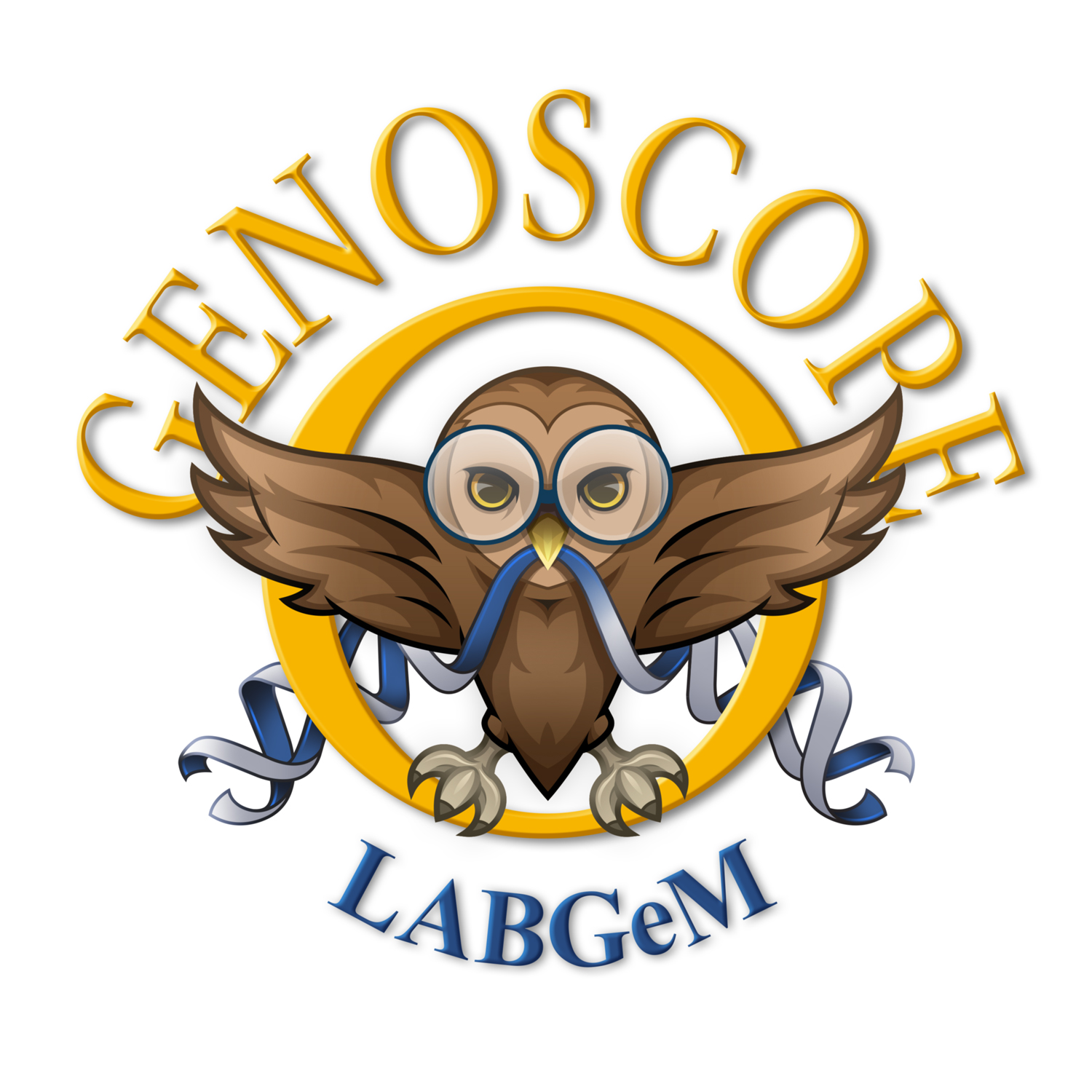Within the framework of the «France Genomique» infrastructure, Genoscope has acquired an OpGen Argus system (www.opgen.com ; Figure 1), allowing the production of optical maps of a genome.
The principle of the data of optical map consists in establishing an enzymatic profile of genomic DNA (gDNA) molecules based on size and order of fragments obtained after digestion. The compilation of several profiles stemming from several molecules, allow in fine the generation of a complete restriction map of a genome, called “Whole Genome Map”. At the moment, the complete mapping (cartography) is feasible only for small genomes (less than 50Mb). For organisms harboring bigger genome, optical maps data must be jointly used with sequence data to improve assembly, especially the scaffold N50.
The generation of complete optical maps of cultivable bacteria genomes, which size rarely exceeds 7Mb, is a routine application for institutes possessing an Argus system® (14 devices are currently available worldwide). It should be noted here that samples have to be prepared with caution. Indeed, the success of the experiment lies essentially in the quality of the material (genomic DNA) which is going to be used. The size of the desired gDNA molecules, generally obtained after extraction, has to be of high molecular weight, between 200 and 400 kb. For organisms having a genome larger than 7Mb, it is recommended to extract the gDNA of lysed cells bundled into agars plugs.
Applications of optical maps are various. For bacterial genomes, the main current uses correspond to genotyping (Figure 2A), strain comparative genomics (Figure 2B) and the validation and the improvement of sequence assembly (Figure 2C).
Genoscope offers the scientific community, the opportunity to use this apparatus through collaborations. As for sequencing projects, request for an optical map can be made through «France Génomique» web portal (www.france-genomique.org) or directly contacting Valérie Barbe (vbarbe@genoscope.cns.fr).




